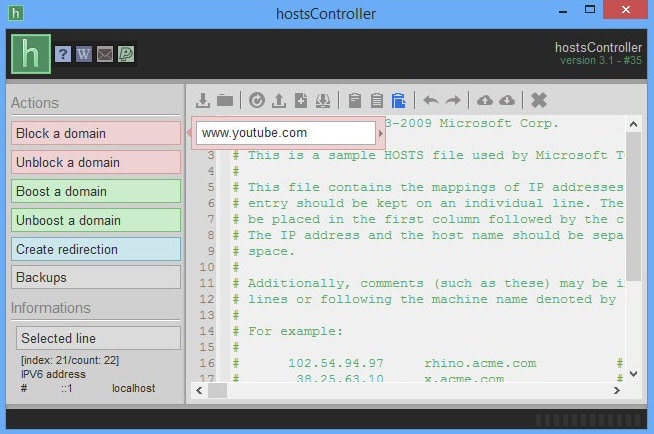As most webmasters will tell you – changing around your hosts file can be a pain in the ass. Now the average user, or browser, probably will never have to deal with modifying their machines hosts file – however as a webmaster you’ll eventually run into a situation where you’re working on a website where the DNS has recently been updated or changed. So now you need to make sure that when you connect to ftp.website.com you’re hitting the correct server – so what do you do?
You head on over to c:\windows\system32\drivers\etc\ and open up your hosts file in Notepad, with administrative rights. Edit it. Save it. Now if you don’t have hidden files/folders enabled – that’s another step you’ll need to go through to get to your systems hosts file. It’s not difficult, but it gets annoying. When you start working on numerous websites within a given week – and find many of them to be freshly launched websites where the domain name was just registered – constantly digging for your hosts file starts to get really annoying.
Now there is an awesome shortcut trick that I’ve been using for a while which you can find on HowToGeek; however there is an even better way to manage your hosts file. Introducing the free hostsController – a hosts file editor. hostsController allows you to block/unblock, boost/unboost or redirect any domain you want. Giving you a completely free access to:
- A simple and advanced editor
- Add-ons that allow you to perform an action to a large group of domains
- Backups, options and security
hostsController simple editor will easily let you block/unblock, boost/unboost, or redirect your domain names; while the advanced editor gives you full access to your hosts file allowing you to delete any line you want, boost, unboost and even redirect any page you want.
